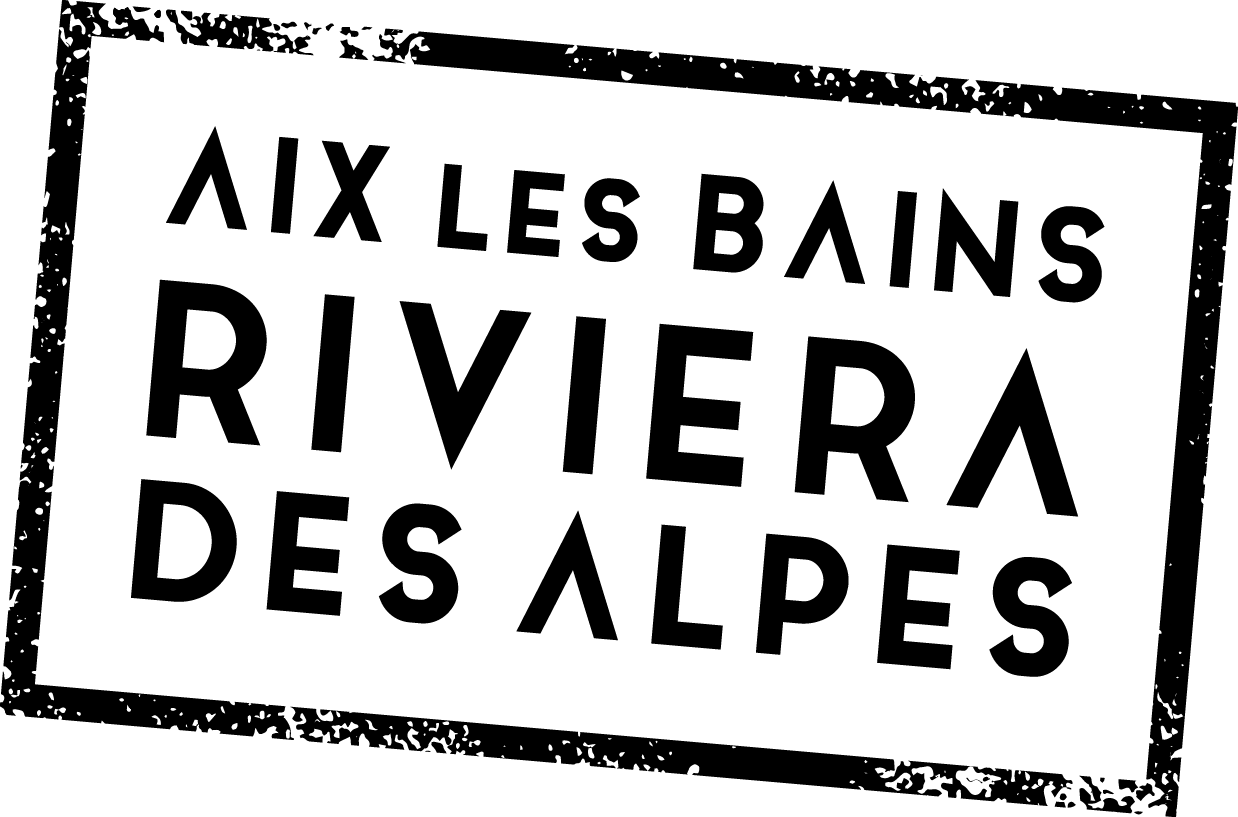Long de quatre kilomètres, le canal sert de réservoir naturel aux eaux du Lac du Bourget vers le Rhône et inversement lorsque le fleuve est en crue. Il fut au cours des temps agrandi, rectifié, curé pour faciliter la navigation marchande et passagère, car il était jusqu’au siècle dernier, une importante route commerciale.
Ce fut grâce au canal que de grands personnages tels que Jules César, le pape Innocent IV, Alexandre de Médicis, Charles Emmanuel Ier, le comte de Provence, le futur roi Louis XVIII, Victor Amédée III et Napoléon III, purent se rendre de Savoie en France. De très nombreuses marchandises, venues d’Orient, étaient chargées au Bourget sur des barques qui passaient à Chanaz, remontaient le Rhône jusqu’à Seyssel où des chars les attendaient pour être transportées à Genève. Ces barques étaient chargées de sel, de draps, d’objets de mercerie et d’autres effets, et devaient s’acquitter d’un droit de péage à l’entrée du canal.
Le 17 août 1838, un bateau à vapeur de Lyon franchit pour la première fois les passes étroites du Canal de Savières. Ce fut un progrès énorme pour la rapidité des communications. Dans les années suivantes, de nouvelles compagnies de navigations s’implantèrent dans la région. Ce fut ainsi qu’en 1855, quatre bateaux à vapeur assuraient quotidiennement le service de transport des voyageurs et des marchandises d’Aix-en-Savoie à Lyon, en desservant tout le littoral.
Chanaz est ainsi tête de navigation sur le Rhône et sur le Canal depuis le Moyen-Age. Son activité est attestée par les Comptes Périodiques de Revenus depuis 1926. Aujourd’hui le Canal de Savières est un site privilégié par son cadre, sa faune et sa flore, et un grand nombre de visiteurs remontent son cours pour rejoindre le Lac ou Rhône.








